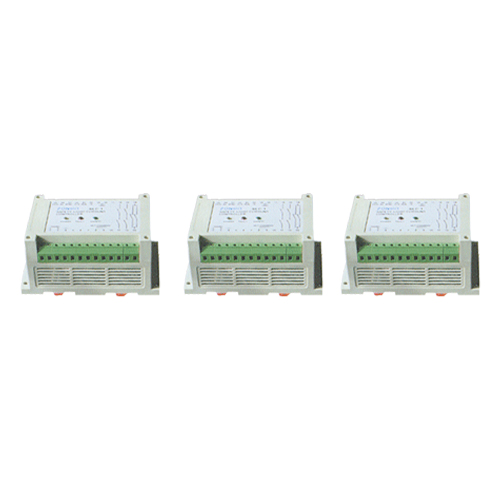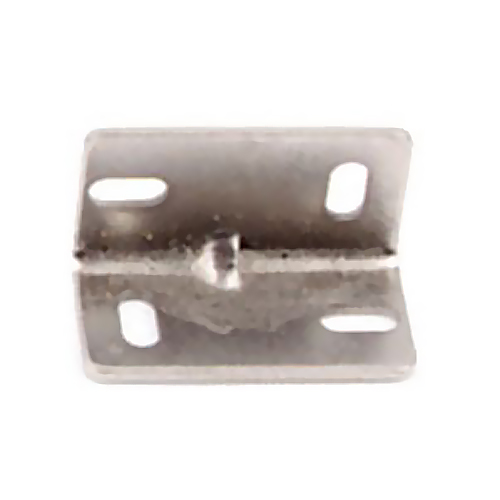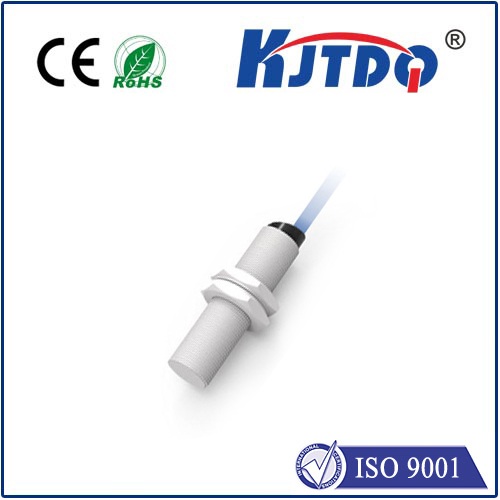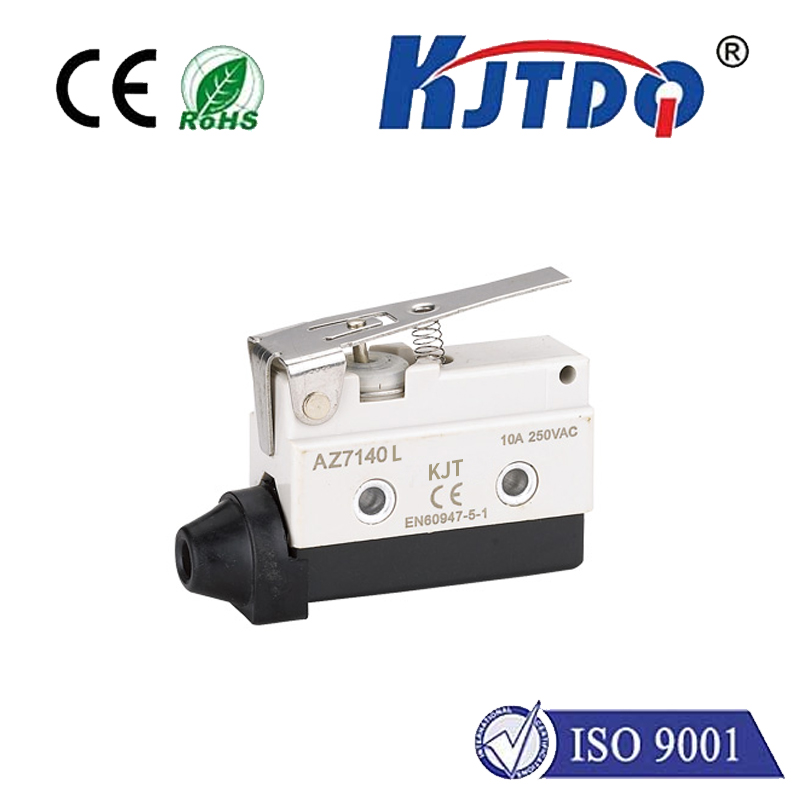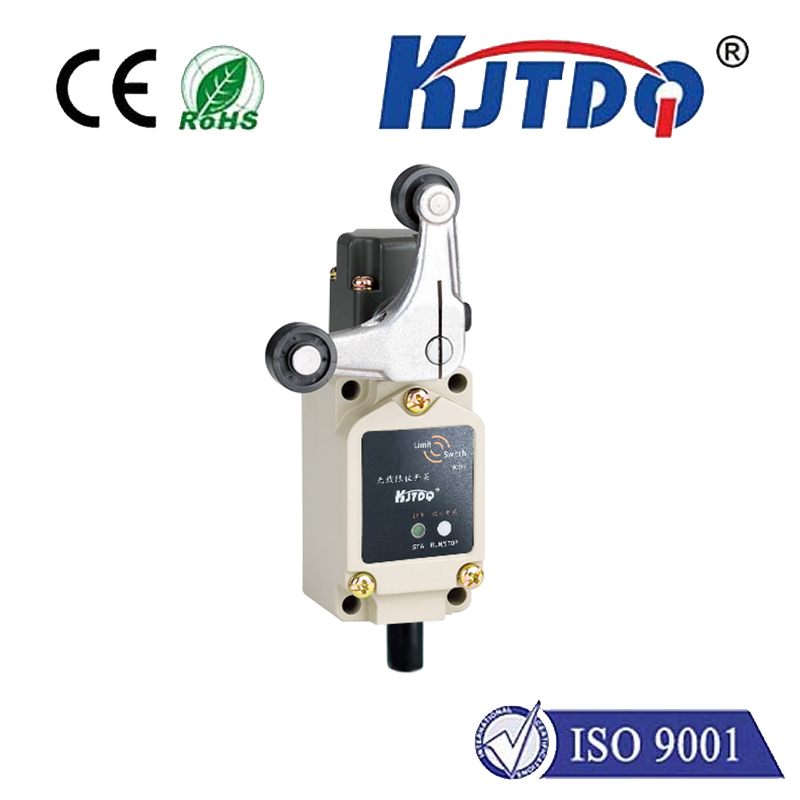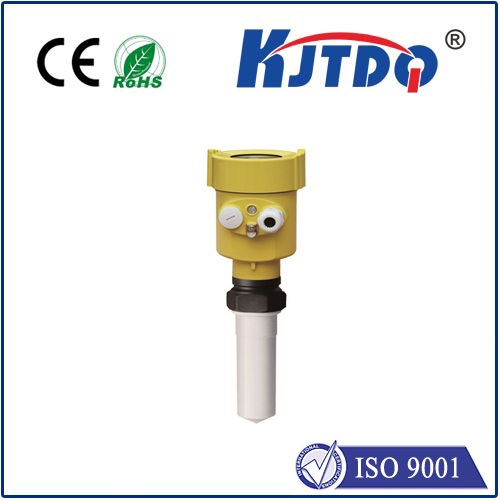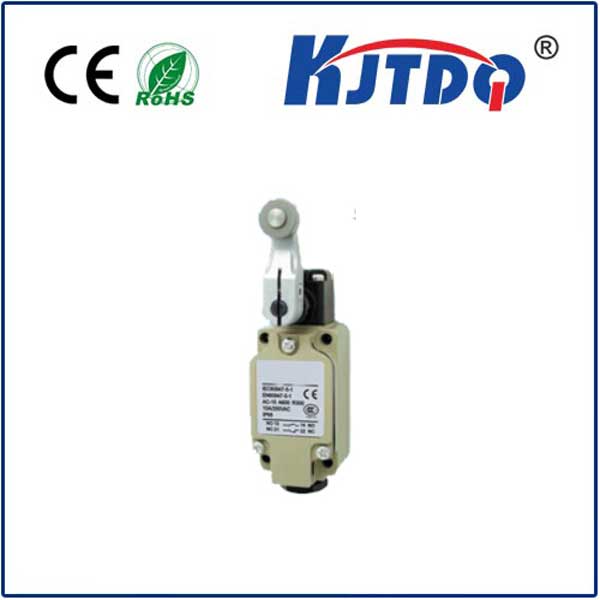

check

check

check

check
In the intricate ballet of modern manufacturing and automation, every missed beat costs time, money, and efficiency. When essential components like sensors fail to perform consistently, the entire production line stumbles. Enter the E3FA-RP12 2M 24V Photoelectric Sensor – a robust, purpose-built solution designed to deliver unwavering object detection accuracy, even in demanding industrial settings. If you’re seeking dependable presence verification without breaking the bank, understanding this sensor’s capabilities is crucial.
This device belongs to the category of photoelectric sensors, specifically a retro-reflective (often abbreviated as retro-ref, hence the “RP” in the model) type. Understanding its core function illuminates its widespread utility. A retro-reflective sensor houses both the light emitter (typically an LED) and the receiver within a single unit. It emits a beam of light – usually visible red light or infrared – directed towards a specialized reflector. When an object interrupts this beam, preventing the reflected light from returning to the receiver inside the sensor head, the sensor’s output state changes (e.g., switches from ON to OFF, or vice-versa, depending on configuration).

So, what makes the E3FA-RP12 2M 24V stand out? The specifications embedded in its name reveal its key strengths:
Why Choose the E3FA-RP12 for Your Automation Needs?
Integrating the 24V DC Power: Utilizing a 24V DC power source is integral to industrial safety (lower voltage than mains AC) and compatibility. Connecting the E3FA-RP12 is typically straightforward: its cable usually contains brown (24V+), blue (0V), and black (switched output) wires, connecting directly to a standard 24V DC power supply and the input of a PLC or relay. Its inherent efficiency ensures minimal power draw.
Targeting the Right Applications: While incredibly versatile, the retro-reflective principle has limitations to consider. It requires a clear line-of-sight to its reflector. Very small objects, or objects with highly reflective or dark/light-absorbing surfaces passing at high speeds, might occasionally pose detection challenges – though modern models like the E3FA-RP12 are highly optimized. For detecting transparent objects (like glass or clear plastic bottles) or in environments where mounting reflectors is impractical, alternative sensor types like polarized retro-reflective or thru-beam might be necessary.
The Verdict on Performance: When reliability over a practical distance and straightforward integration matter, the Omron E3FA-RP12 2M 24V Photoelectric Sensor is a compelling choice. Its retro-reflective design streamplicates installation over its 2-meter sensing range, while the standard 24V DC power requirement guarantees compatibility. Factor in robust IP67 protection for durability and significant resistance to ambient light interference for stable operation, and you have a sensor engineered to enhance efficiency and reliability in countless manufacturing and automation scenarios. It’s a workhorse component that consistently delivers precise object detection, contributing to smoother operations and reduced downtime.
